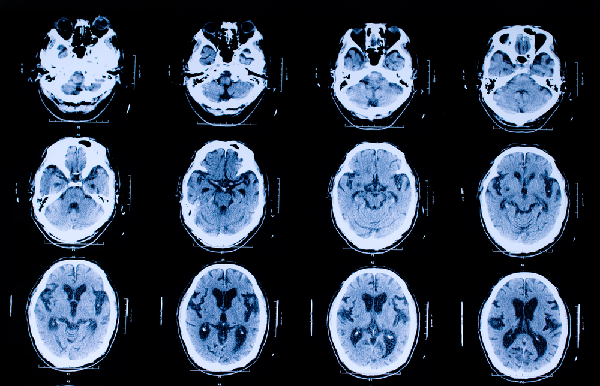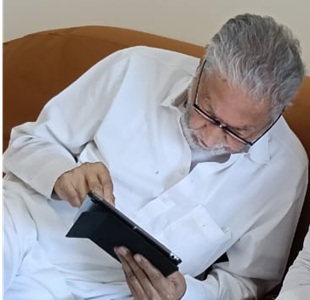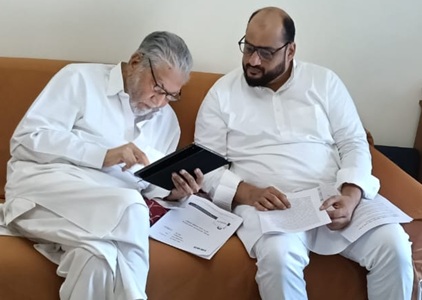 Huddersfield, England, (IINA) – Doctors are increasingly using computerized tomography (CT) scans in order to more accurately diagnose patients, but, concerns have been raised about the increased risk of cancer in people who have undergone these scans, Mail Online health news reported quoting Health risk Professor Bob Heyman from University of Huddersfield.
Huddersfield, England, (IINA) – Doctors are increasingly using computerized tomography (CT) scans in order to more accurately diagnose patients, but, concerns have been raised about the increased risk of cancer in people who have undergone these scans, Mail Online health news reported quoting Health risk Professor Bob Heyman from University of Huddersfield.
A CT scan (or ‘CAT scan’) provides doctors with a much clearer picture of what is happening inside the body than conventional X-rays. But these machines also deliver a much higher dose of ionizing radiation.This not only causes tissue damage, but can increase the risk of cancer.
The increase in risk is proportional to the amount of radiation received. Risk accumulates with repeated exposure, and children are more susceptible than adults.
Because CT scans require many images to be taken in the same body area, they deliver more radiation than a conventional X-ray.For example, 50 times more radiation in the abdominal area has been detected. But a 50-fold increase in a very small number is still a small number.
It has been estimated that an abdominal scan delivers about six times as much ionizing radiation as a person would receive from the environment in a year. Authors of a large UK study found that children exposed to higher radiation doses from CT scans faced threefold increases in their risks of developing leukaemia and brain tumours compared with those who received lower doses.
The higher the amount of radiation the children received, the greater their chances of developing these cancers were. The number of children diagnosed with either cancer over a 17-year period was about 200 out of 180,000 who were scanned.About 170 of these 200 children would, according to the researchers, have developed cancer as a result of having had higher radiation exposure from CT scans.
They were chosen because the authors considered them to be most affected by radiation exposure.The overall estimated risk was therefore 170 in 180,000, or about one in a thousand. But there are methodological problems with this and similar research.
Some 30,000 children could not be included in the data analysis, mainly because their medical records were incomplete, and their omission might have affected the findings. And, although the researchers attempted to do so, we cannot rule out ‘reverse causation’, that is, some children having had more CT scans because they had underlying health problems, rather than vice versa.
The researchers excluded children who were given CT scans because cancer was suspected. And as the authors acknowledge, this approach has limitations.
Children who receive CT scans may differ from those who do not in unknown ways which also make the former more likely to develop cancer.The only way to definitively exclude reverse causation would be to do a randomized controlled trial.
This would involve randomizing children into higher and lower exposure groups and following them up over a long period to see how many in each group developed cancer.This would, of course, be totally unethical.
Also, the findings don’t exclude the possibility that children who have CT scans become at greater risk of experiencing other diseases, or over longer time periods than were considered in the study.
Reverse causation might result in the risk from scans being overstated because the children who had more scans might have been more likely to develop cancers even if they had not been exposed to extra radiation.On the other hand, exclusion of other conditions and longer time periods might lead to the risk from scans being understated.
Overall, there is considerable uncertainty about the risk estimates generated by the study. Using UK data similar to that outlined above, researchers in the US concluded that about 2 per cent of US cancers would be caused by radiation from CT scans.
This conclusion is subject to the same cautions as detailed above. Also, the absence in the US of centralized databases of health records adds further complications to risk estimates.





0 Comments